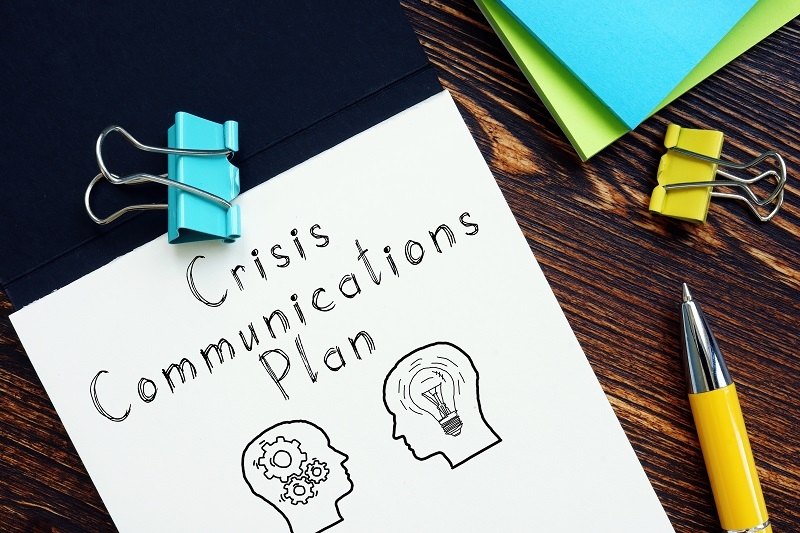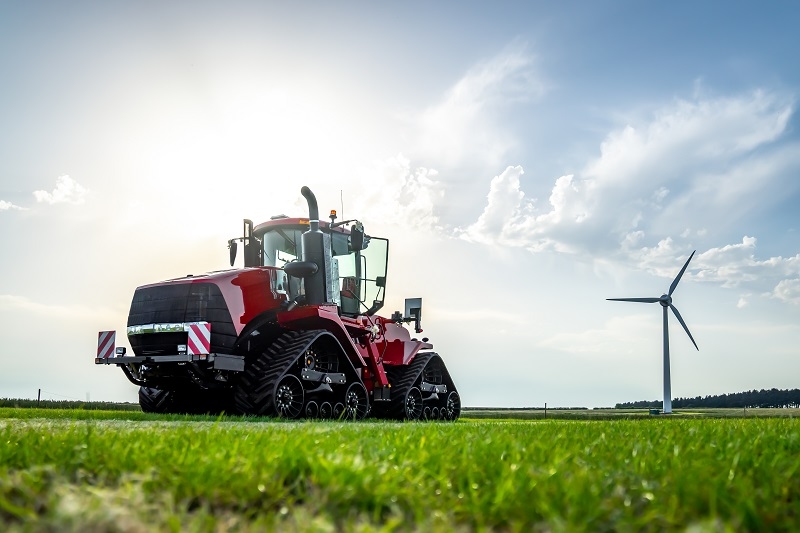
Ever feel like farming is more than just soil and sweat? Because it is. It’s about trust. It’s about legacy. And above all, it’s about resilience. But what happens when that trust gets shaken—maybe due to an E. coli outbreak, pesticide drift, or even a rogue social media post gone viral?
That’s where crisis communication steps in.
Let’s dive into this underrated but powerful concept—especially in the farming world—and figure out how to safeguard not just your produce, but your reputation and safety too.
Before anything else, let’s tackle the big question: what is crisis communication?
In plain English? It’s the way an individual, company, or organization talks to the public (and stakeholders) during a high-stakes emergency. Think of it as damage control—with a voice.
But not just any voice. It needs to be clear, calm, accurate, and human.
In farming, that voice can mean the difference between being seen as a negligent business—or a responsible, transparent grower who cares.
Picture this: a local news station reports a salmonella scare linked to a batch of lettuce. They name your farm. Your phone won’t stop ringing. Your inbox is a mess. Social media’s blowing up. Your loyal buyers? Ghosted. And here’s the kicker: maybe it wasn’t even your fault.
But perception is powerful. Farming is built on trust. If your community starts doubting your safety standards or transparency, it can take years—yes, years—to bounce back.
That’s why farm crisis communication isn’t just “a good idea.” It’s non-negotiable.
Let’s say your dairy farm experiences a contamination issue. A batch of milk is flagged for bacterial presence. The local health department gets involved. Reporters come knocking. Your team’s panicking.
Now imagine you had a plan—a crisis communication strategy in place.
You’ve already drafted holding statements. You know who your spokesperson is. Your social channels are monitored. You issue a statement within an hour—owning the problem, explaining the fix, and reassuring the public.
Compare that to scrambling around for what to say while angry posts multiply by the minute.
Which farmer would you trust?
Glad you asked. Because knowing it in theory isn’t enough—you need the plan.
What is a crisis communication plan? It’s a documented roadmap that outlines:
Think of it like a fire drill. You hope you never need it. But when that alarm rings, you’re glad you practiced.
Let’s get into the nuts and bolts. A solid plan includes the following:
Choose a spokesperson. Usually the farm owner or someone media-trained. Don’t just pick the person who talks the most—choose someone who can stay calm under pressure.
Include legal advisors, PR reps (if you’ve got them), and maybe even a vet or agronomist depending on the issue.
No one loves imagining worst-case stuff. But it’s essential. List potential crises—contamination, animal disease outbreaks, labor issues, vandalism, pesticide incidents, social media backlash, weather disasters, etc.
Identify who needs to know what—fast. Buyers, distributors, regulators, employees, community members. The way you talk to each group may differ, but the message must remain consistent.
Yes, you can write up “blanks to fill” in advance. Pre-written holding statements for various scenarios help you respond quicker without fumbling.
Example:
“We are aware of recent reports regarding [ISSUE]. Our team is actively investigating and working with [AGENCY]. The safety of our [PRODUCTS/ANIMALS] and trust of our customers are our top priorities.”
In Case You Missed It: Best Tips to Protect Barns and Sheds from Theft and Fire
Where do your people hang out? Facebook? Email newsletters? Farm stand signs? Your plan should outline where updates go and how often.

Here’s the truth—no matter how detailed your plan, things won’t go exactly as expected. And that’s okay. That’s why it’s called crisis communication management, not perfection communication.
Stay transparent. Admit what you know—and don’t know. Update frequently, even if it’s just to say “We’re still investigating.”
Avoid defensiveness. Resist the urge to “go quiet.” And never ever lie or deflect blame. It backfires, big time.
Most importantly: listen. Monitor public response and be ready to pivot your messaging if needed.
Let’s be practical. Here are five tried-and-true crisis communication strategies tailored for farms:
Aim to speak up within the first hour. That doesn’t mean spilling every detail. Just acknowledge the issue and promise more info soon.
Drop the corporate jargon. Be real. Be human. Use “we” and “you” instead of “the company.” Speak from the heart.
Bad news travels fast. The worst thing you can do? Get caught covering up. Transparency is your safety net.
If you say one thing on your website and something else in interviews? Trust erodes. Align all messages.
Everyone makes mistakes. What folks care about is: are you fixing it? Detail corrective actions. And if it’s ongoing, show the progress.
Social media can be your ally—or your worst nightmare—during a crisis.
Got trolls stirring the pot? Address them calmly, if at all. But don’t ignore your loyal followers. Reassure them.
Pin your official statement. Reply to common concerns publicly if possible. And yes—turn off comments if things go sideways. Protect your digital space.
Pro tip: Consider setting up social media alerts for keywords like your farm’s name + “scandal” or “sick.” It helps you stay ahead of rumors.
Once the storm passes, you’ll feel tempted to move on. But hold up—this phase is gold.
This is your chance to rebuild trust. Thank your community. Share lessons learned. Maybe even document the journey publicly through a blog or newsletter.
Internally, gather the team. Debrief. What worked? What flopped? Update the plan accordingly.
Resilience isn’t just surviving. It’s bouncing back stronger—and wiser.
It’s easy to think, “That won’t happen to us. We’re too small.” But that mindset? Risky.
In reality, smaller farms are often more vulnerable. One bad incident could mean losing your only distributor. Or watching your CSA subscribers dwindle overnight.
And in the age of viral posts and online watchdogs? No farm is too small for scrutiny.
So don’t wait. Start your crisis communication journey now—while things are calm.
Read More: Farm Equipment Storage Hacks That Cut Insurance Costs
Farming is a gamble. Weather, pests, markets—you already juggle enough.
But public perception? That’s one ball you don’t want to drop.
A strong crisis communication plan doesn’t just protect your profits. It shields your name, your people, and your purpose. It says: “We’re prepared. We’re accountable. We care.”
So go ahead. Grab a notebook. Start listing your possible scenarios. Talk to your team. Practice a few mock drills. It won’t feel perfect—but progress rarely does.
Because when the time comes—and it will—you won’t just have a crisis.
You’ll have a plan.
This content was created by AI